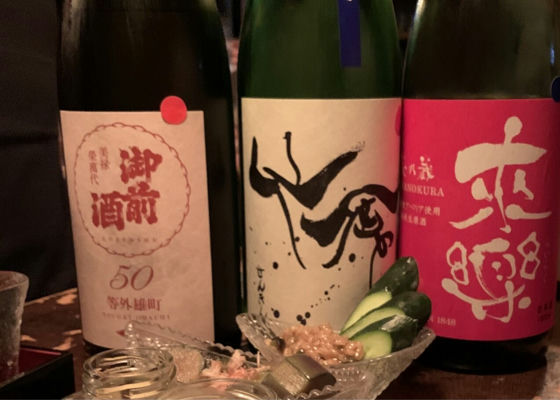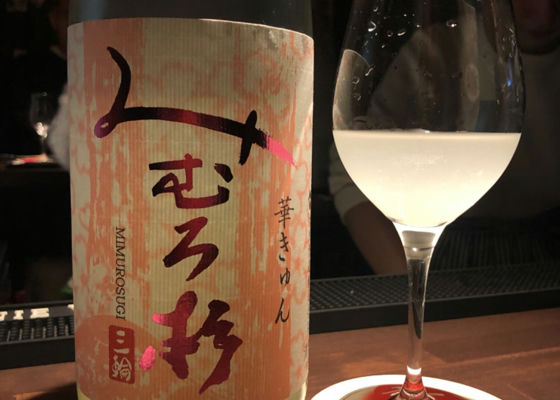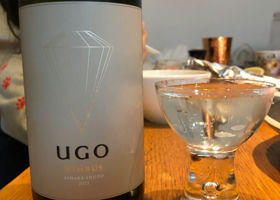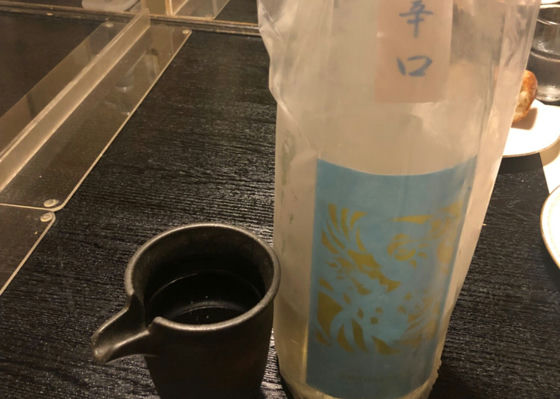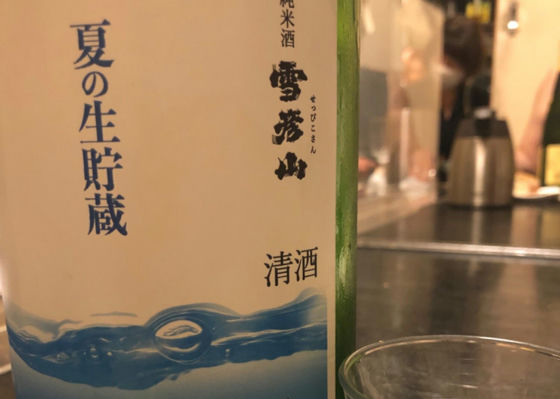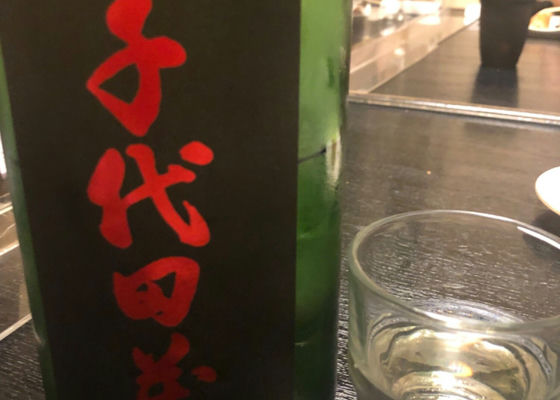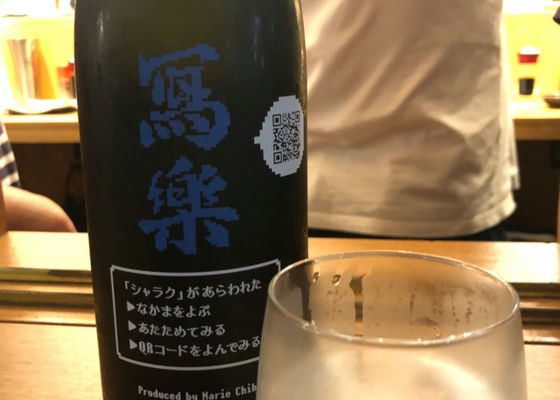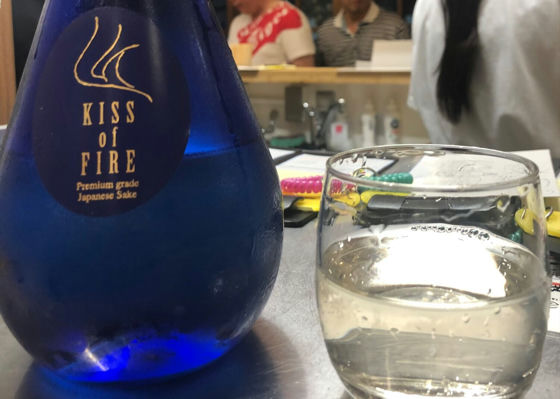
あるでば
Notes (see online information)
Middle: Eiko-Fuji's dry junmai sake, using local Yamagata original brand Dewa-no-sato sake rice.
It is light and refreshing on the palate. Brewed in 2023.
Fuji Shuzo, the manufacturer of Eiko-Mushi, has a brewery in Daisen, Tsuruoka City, Yamagata Prefecture. Located in the Shonai Plain, which is ideal for rice cultivation, rice-based sake brewing is thriving here. During the Edo period (1603-1867), when the area was under the control of the shogunate, it is said that there were more than 67 breweries in the area. Eiko-Fuji has also existed since the mid-Edo period and bears the name of Fuji, aiming to be the best sake brewer in Japan. Two to three new types of sake are shipped every month, each of which is said to be in line with the theme of the season and can be enjoyed as a so-called "seasonal" flavor.
Sake strength: 2
Acidity: 1.7
Rice used: Yamagata Prefecture's Izuwanosato
Rice polishing ratio: 80
Sake strength: 15.5
Japanese>English

